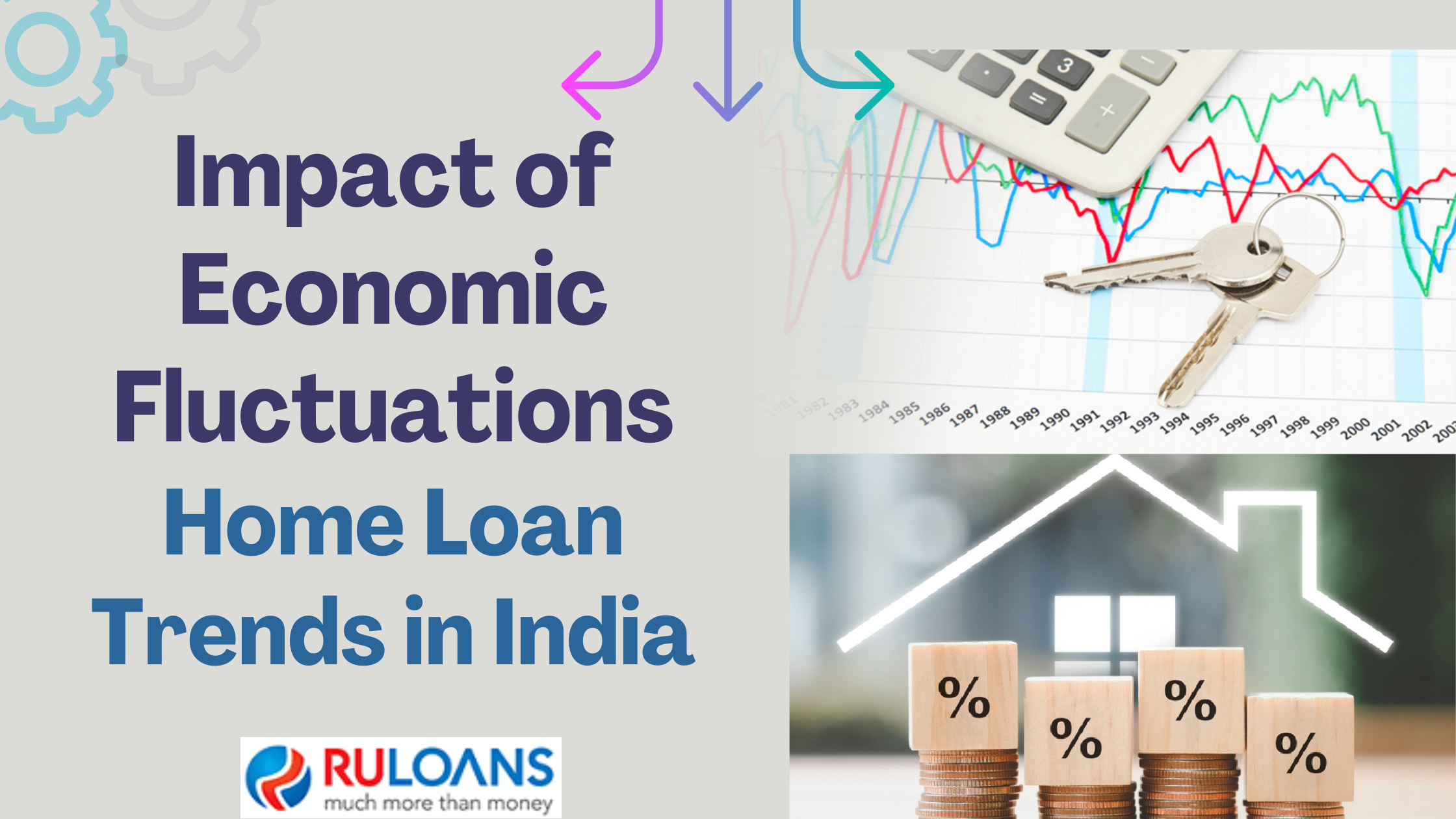Introduction:
With its rapidly growing economy, India’s home loan market remains crucial. Driven by economic growth, population expansion, and urbanization, the trends within this sector are also significantly influenced by economic fluctuations.
Economic Factors that Impact Home Loan Trends:
Several economic determinants influence the trends in India’s home loan market:
- Interest Rates: A pivotal factor; low rates boost home loan demands due to affordable borrowing, while high rates deter potential borrowers.
- Inflation: High inflation makes homeownership more challenging, while low inflation promotes affordability.
- Economic Growth: A thriving economy results in higher disposable incomes, boosting home loan demands. Conversely, stagnation deters potential borrowers.
- Unemployment Rate: High unemployment makes loan qualifications tougher, while low unemployment simplifies the approval process.
How Economic Fluctuations Shape Home Loan Trends:
During events like the COVID-19 pandemic, India’s economy witnessed a drastic decline, leading to diminished home loan demands due to income and job losses. However, with the economic resurgence post-pandemic, the demand is steadily recovering.
Additionally, the recent hikes in interest rates by the Reserve Bank of India (RBI) to combat inflation have surged borrowing costs, dampening home loan demands.
Impact on Home Loan Borrowers:
Economic volatility poses challenges for borrowers. Rising interest rates mean heftier Equated Monthly Installments (EMIs), complicating loan repayments, potentially causing foreclosures. Similarly, elevated unemployment rates can lead to income loss, hindering borrowers from servicing their loans.
Navigating Economic Turbulence as a Home Loan Borrower:
To safeguard against economic unpredictability:
- Opt for Fixed Interest Rates: While typically higher than variable rates, they shield against potential rate hikes.
- Maintain a Solid Credit Score: This ensures loan qualification at favorable rates.
- Establish an Emergency Fund: A financial buffer can aid in managing EMIs during challenging times.
- Insurance is Key: Adequate insurance can shield against financial adversities, from job losses to disabilities.
Conclusion:
Economic ebbs and flows play a critical role in shaping India’s home loan landscape. While economic factors remain ever-evolving, potential borrowers must remain vigilant, adapting strategies to safeguard their financial health.
FAQs:
- How do interest rates influence home loan demands?
Low rates promote borrowing due to affordability, while high rates deter potential borrowers. - Why did home loan demands decrease during the COVID-19 pandemic?
The economic decline during the pandemic resulted in job and income losses, hindering loan demands. - What precautions can borrowers take against rising interest rates?
Opting for fixed-rate loans can shield against future rate hikes. - Why is maintaining a good credit score crucial for potential borrowers?
A favorable credit score ensures loan approval at attractive interest rates.
Key Takeaways:
- Economic fluctuations significantly shape India’s home loan trends.
- Factors like interest rates, inflation, economic growth, and unemployment influence home loan demands.
- Economic volatility can complicate loan repayments for borrowers.
- Borrowers can strategize with fixed-rate loans, credit score maintenance, emergency funds, and adequate insurance.
Start Your Loan Journey with Ruloans Today!
Ready to secure a home loan tailored for your needs? Trust Ruloans for expert guidance, competitive rates, and a smooth borrowing experience. Begin your homeownership journey with us today!










